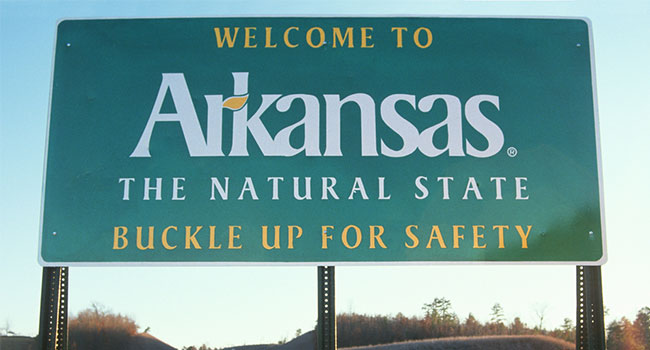
Arkansas School Safety Committee to Analyze School Security
An 18-person School Safety Commission in Arkansas is looking to make schoolhouses safer.
- By Sydny Shepard
- March 20, 2018
In the wake of the mass shooting at Marjory Stoneman Douglas High School in Parkland, Fla. Arkansas has set up a new, 18-person Arkansas School Safety Commission to assess and make recommendations on schoolhouse safety measures.
The commission will submit its preliminary report by July 1 and its final report on Nov. 1 and will build on state laws and the work of security measures, bills and laws already in place by the two-decades-old Safe Schools Committee.
"We are going to look at what is currently going on in the state, identify those gaps that exist, and then make recommendations on how to possibly fill those gaps or do other things that we think will ultimately make our schools safer," Cheryl May, director of the University of Arkansas System's Criminal Justice Institute and commission chairman, said at the inaugural meeting of the group of educators and law enforcement and mental health professionals.
The School Safety Commission has split themselves into divisions so that every part of the security plan is covered. There is a subcommittee for law and policies applicable to school safety, one on communication of emergencies, one on safety and security audits, emergency operations plans, drills and responses as well as a subcommittee on safety personnel.
There are some schools, however, that aren't waiting for the final report to boost security measures.
The Jacksonville/North Pulaski School District, for example, is reconsidering the window plans and campus-access features of the elementary and high school buildings that are under construction.
In Little Rock, Superintendent Mike Poore announced preliminary plans to arm some of the district's campus security officers. The North Little Rock School Board voted to increase its staff of five school resource officers and 30 campus security guards with an additional 16 part-time security guards and to purchase additional walk-through and hand-held metal detectors.
The Magnolia School Board approved the purchase of more than 200 cameras for placement at secondary-school campuses. The cameras are for indoor/outdoor use and include infrared capability and facial recognition software.
About the Author
Sydny Shepard is the Executive Editor of Campus Security & Life Safety.